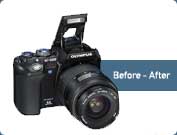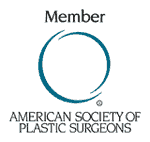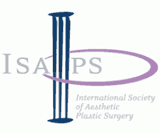Implant types. Shelf life
Saline implants.

These implants were first made in France in 1964 by Arion, and were intended for placement via very small incisions.
Current saline implants are covered by silicone elastomer and are filled in with saline as soon as they are placed in the breast.
Saline implants were widely used in the USA in 1990 due to silicone use restrictions.
The restrictions were abolished by the FDA in 1996. Given the rippling observed after the placement of saline implants, the rest of the countries did not use them. In addition, silicone implants were only banned in the USA.
Silicone implants
In 1961, Thomas Cronin and Frank Houston, plastic surgeons from Texas, USA, invented the first silicone breast implant in cooperation with Dow Corning Corporation. The first ever breast augmentation surgery using silicone implants was performed in 1962. Silicone implants are classified into 5 generations, depending on their specifications.
Fist generation: Cronin-Gerow constructed a teardrop implant with a silicone rubber shell filled with thick silicone gel.
Second generation: at the request of plastic surgeons for softer and longer-lasting implants, silicone implants were designed anew in 1970 with thinner silicone and thinner walls. But the implants tended to rupture and capsule formation was a common case. Another group of implants was constructed in 1970 –polyurethane implants. They had lower capsule formation rates but were found guilty of carcinogenesis, thus, their use was immediately stopped.
Later, FDA announced that no risk existed and that women did not need to remove them.
The second generation also encompassed double-lumen implants; they had a silicone implant on the inside and a saline implant on the outside, but were not widely used because of their laborious design. Their updated form is Baker implants, which are used in breast repair surgery following mastectomy.
Third and fourth generation: they were developed in the mid 80s. Typically, they are the evolution of the implants –their walls are filled with thicker silicone gel. This stops silicone from travelling compared to 2nd generation implants. 3rd generation implants were available in textured or smooth surface.

Silicone implants
Fifth generation: the implants we use up to date. They evolved during the 90s and are now widely used all over the world.
They are also called Cohesive due to the cohesive silicone they have inside. Silicone gel does not travel towards the tissues and many clinical studies show that they are very safe and demonstrate extremely low capsule formation rates. They are divided into Cohesive I and Cohesive II implants.
Our personal experience shows us that they are extremely safe and deliver a natural-looking result and zero capsule formation. Watch Dr Kapositas on video elaborating on the technical specifications on all types of implants used in breast augmentation
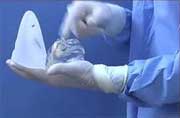 What are Cohesive silicone implants?
What are Cohesive silicone implants?
What differentiates cohesive from other implants is that they are made of cohesive silicone while they feel soft to touch. If we cut a cohesive implant with a pair of scissors or a scalpel, we see that the material does not flow outside and the implant retains its shape. What “Mentor” and “Allergan” companies technically added was more cross-linkers, i.e. they make implant gel more cohesive and softer. Cohesive means stable, i.e. it retains its shape inside a woman’s body, does not ripple and lasts for a long time.
Cohesive Gel Implants Advantages
We hold experience since 2003 and we are confident to say that we are more than satisfied with the final breast image, as well as with the implants’ property to preserve the result and the shape of the new breast resulting from a breast augmentation surgery.
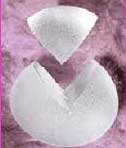

Creases-rippling: their material is cohesive and does not travel from one place to the other inside the implant, thus no creases occur.
Silicone leakage: it does not occur. Cohesive silicone, even when cut with a pair of scissors, retains its shape. Studies show that they can hold up to 150kg of weight. The absence of leakage is crucial in breastfeeding, but no such issue exists whatsoever.
Capsule formation: it seems that textured surface Cohesive implants placed with the atraumatic technique have very low possibilities to form capsule.
Breast augmentation.


